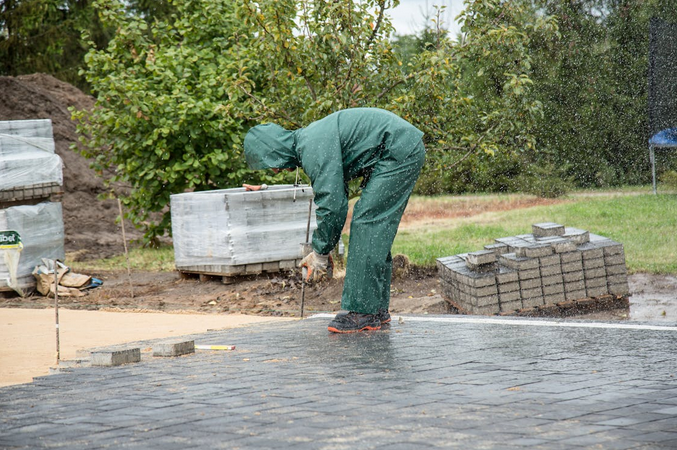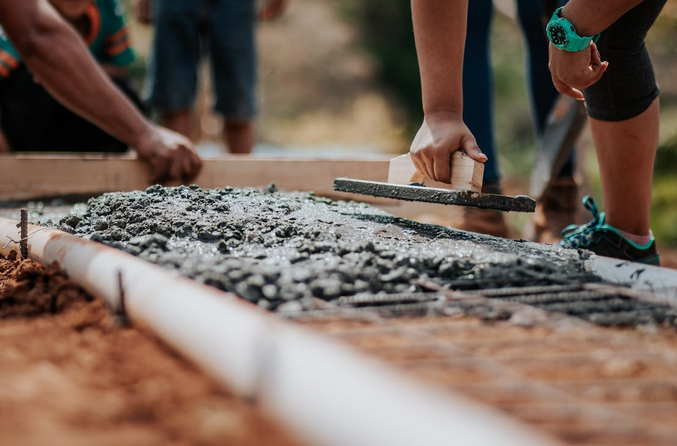
Amidst all the hype about AAC blocks, we are going to explore the potential drawbacks of autoclaved aerated concrete blocks. But don’t get me wrong, these lightweight and eco-friendly building materials have indeed been gaining popularity in the construction industry for their numerous advantages.
However, like any other material, they also come with a few trip-ups that you need to be aware of before incorporating them into your project. That’s why, in this guide, you want to open your eyes to learn some common issues that can arise when using AAC blocks and provide tips on how to overcome them.
Higher Sensitivity to Water
What Are Aerated Blocks Used For? Do they even last in extreme conditions such as rain and snow? Unlike traditional bricks or concrete, AAC blocks have a porous structure that makes them more susceptible to moisture absorption. This means that if they are not properly protected from excess water during construction or exposed to prolonged periods of rain or high humidity, they can be prone to damage.
It’s crucial to take precautions and ensure proper waterproofing measures are in place when using AAC blocks. Applying a suitable water-repellent coating on the exterior surfaces of the walls can help minimize moisture infiltration. Additionally, ensuring adequate drainage systems around the building and proper sealing of joints will further enhance protection against water penetration. This also affects the curing time required for AAC blocks after installation.
Brittle Nature

Make no mistake: These blocks are lightweight and porous. But it comes with the fact that these pros also make them susceptible to cracks and breakage if not handled properly. The brittleness of AAC blocks means that they may not be suitable for high-impact areas or heavy loads. So consider this factor when planning your construction project, as using AAC blocks in these situations could lead to structural issues down the line. It’s a good idea to handle AAC blocks with care during transportation and installation.
While the brittle nature of autoclaved aerated concrete blocks presents a challenge, it doesn’t mean they should be dismissed entirely. With careful handling and thoughtful design considerations, you can still benefit from their many advantages, such as thermal insulation properties and reduced environmental impact.
Insulation Requirements
The insulation requirements for AAC blocks depend on factors such as the local climate, desired energy efficiency standards, and specific project goals. In colder regions, where maintaining warmth is essential, adding extra insulation layers can help improve thermal performance and reduce heat loss. There are various options available for insulating AAC block walls. One common approach is using rigid foam board insulation between the exterior finish and the AAC block wall. This helps create a continuous thermal barrier that enhances energy efficiency.

Possible Crack in Walls
While AAC blocks are known for their strength and durability, they can still be susceptible to cracking under certain circumstances. Cracks in AAC walls can occur as a result of a variety of reasons, such as improper installation techniques or structural movement. That’s why, you need to ensure that the blocks are properly aligned and leveled during construction to minimize the risk of cracking. Additionally, any excessive load or pressure on the walls should be avoided to prevent stress-induced cracks. Another factor that can contribute to cracks is thermal expansion and contraction. AAC has low thermal conductivity, meaning it does not transfer heat easily.
Now we’ve come to the big question. Are these blocks worth the trends and costs? The answer is still a resounding yes. While there are potential trip-ups with autoclaved aerated concrete blocks, they can still prove beneficial in terms of energy efficiency and fire resistance properties offered by these lightweight yet sturdy building materials.



